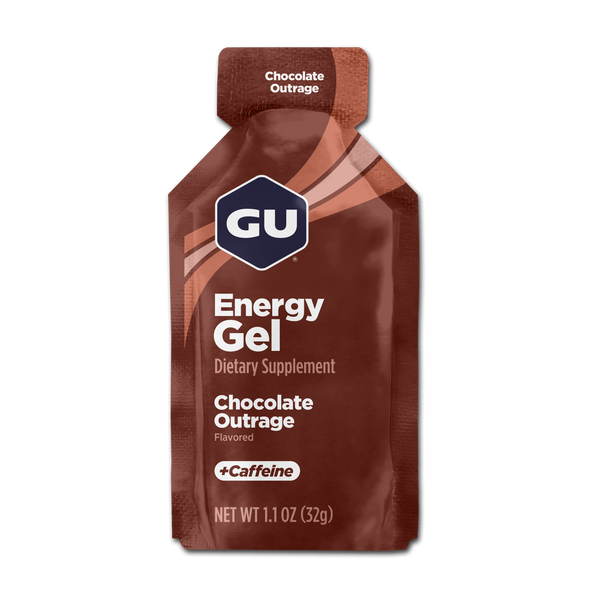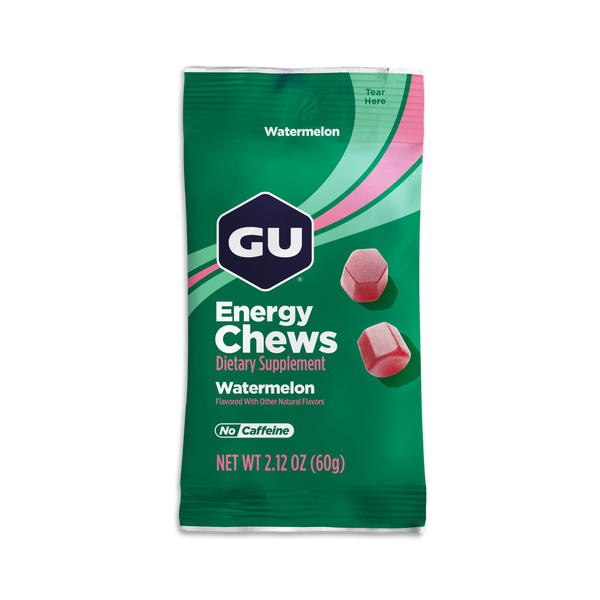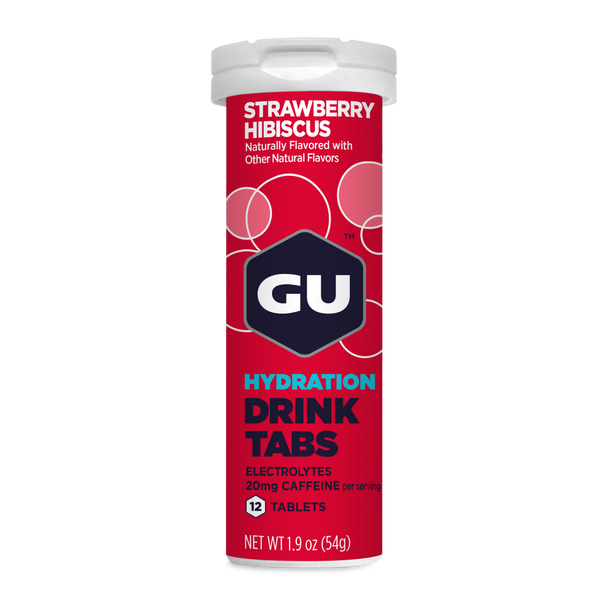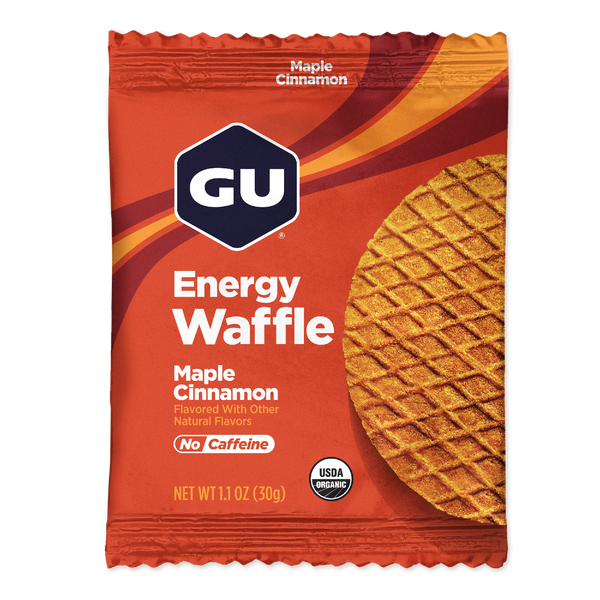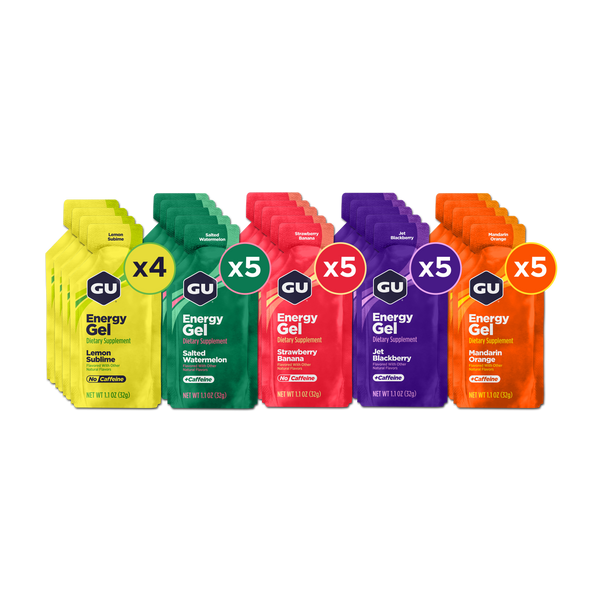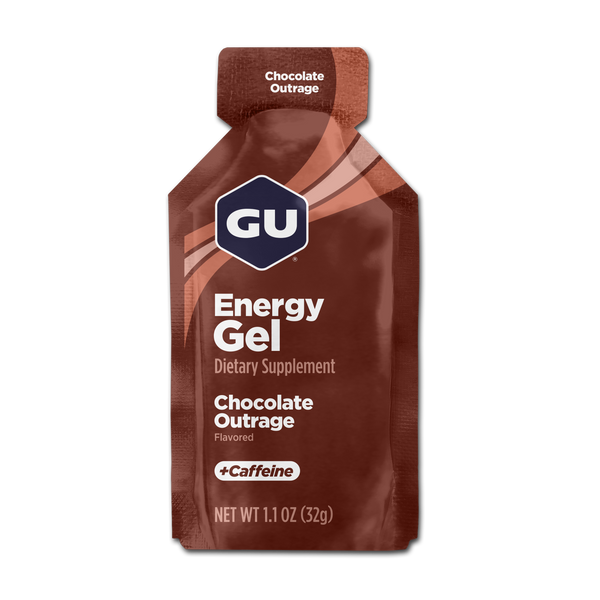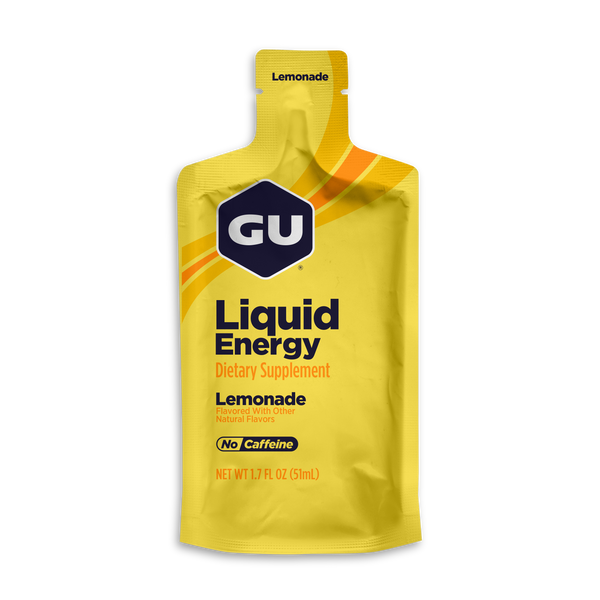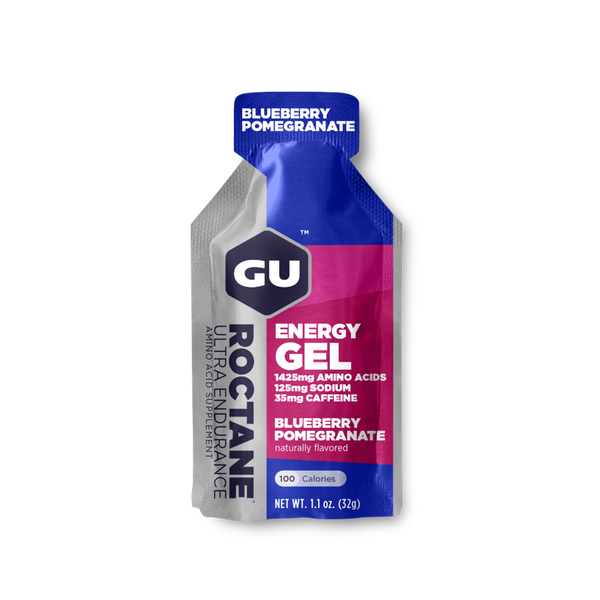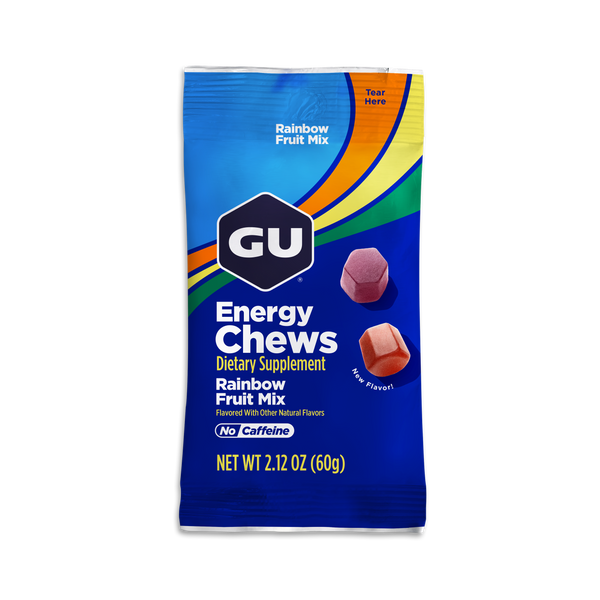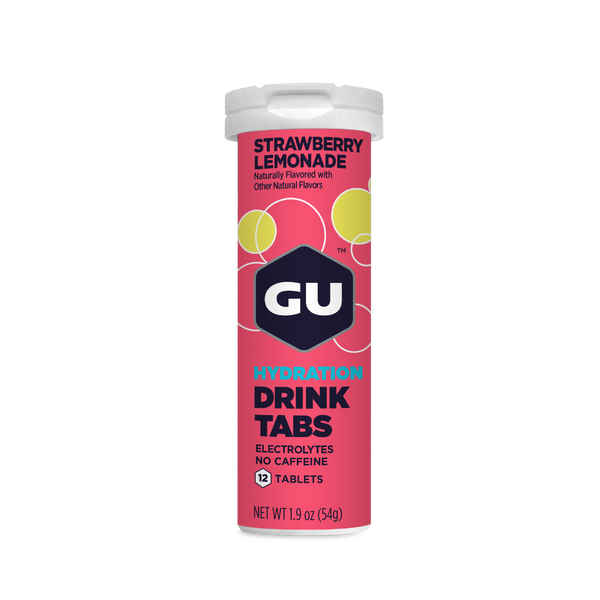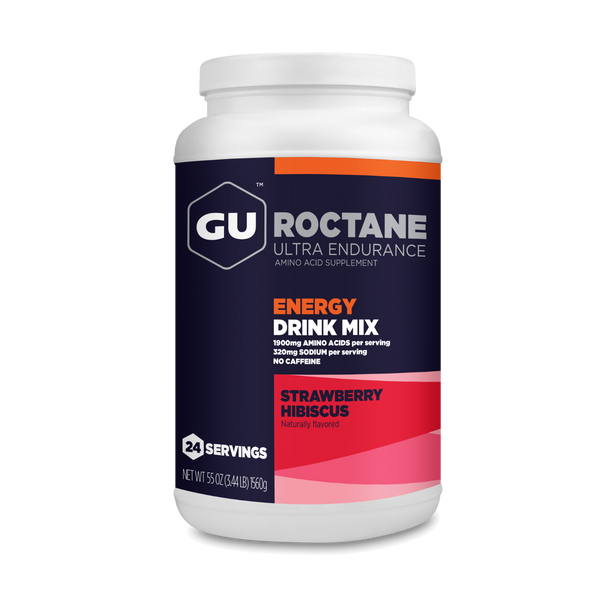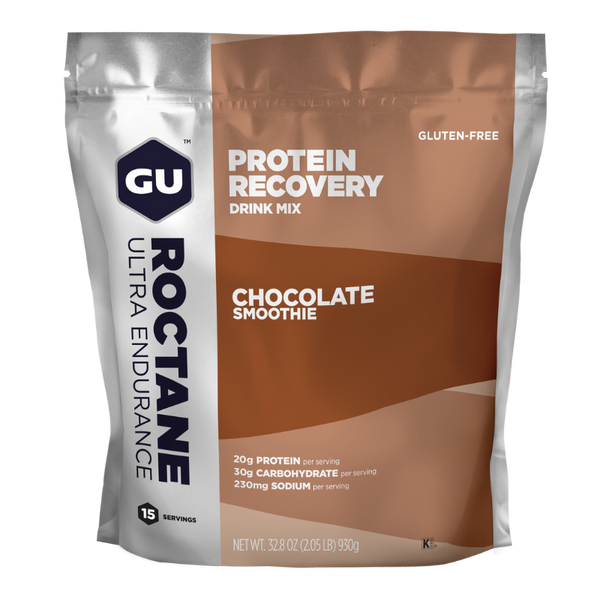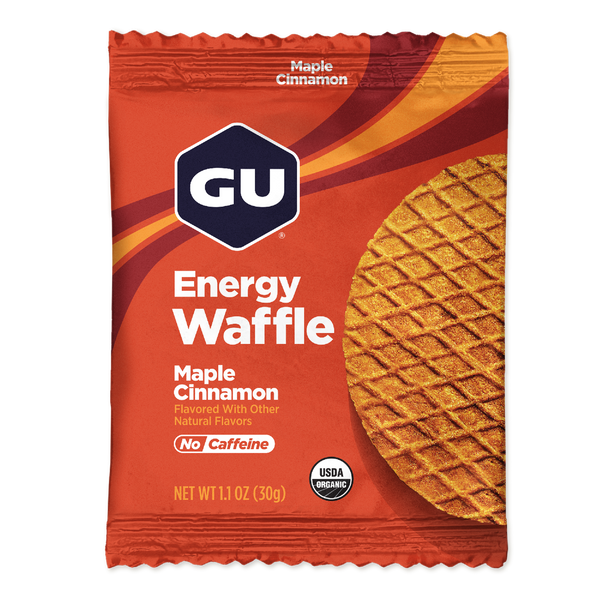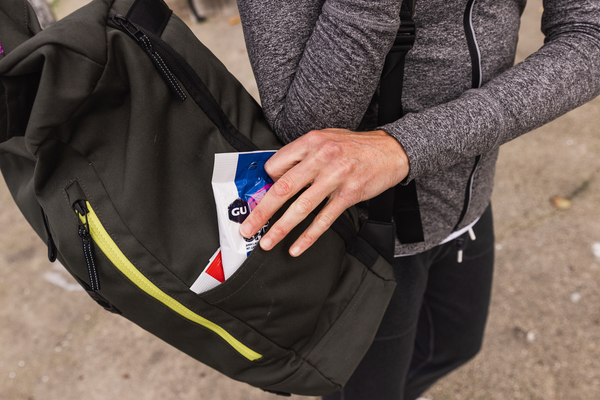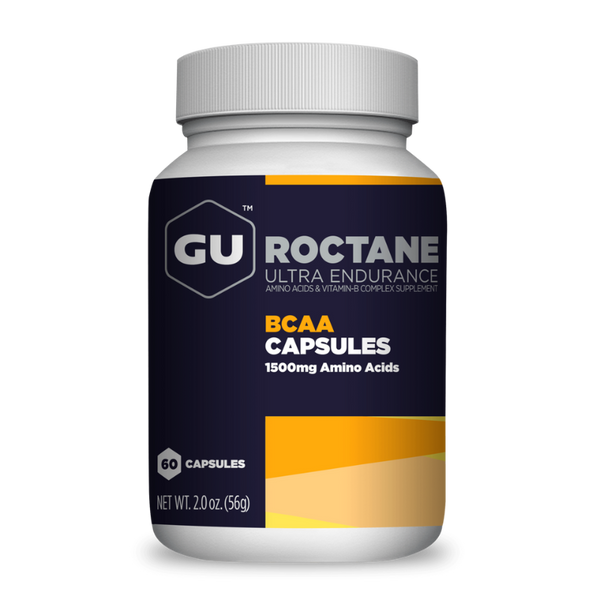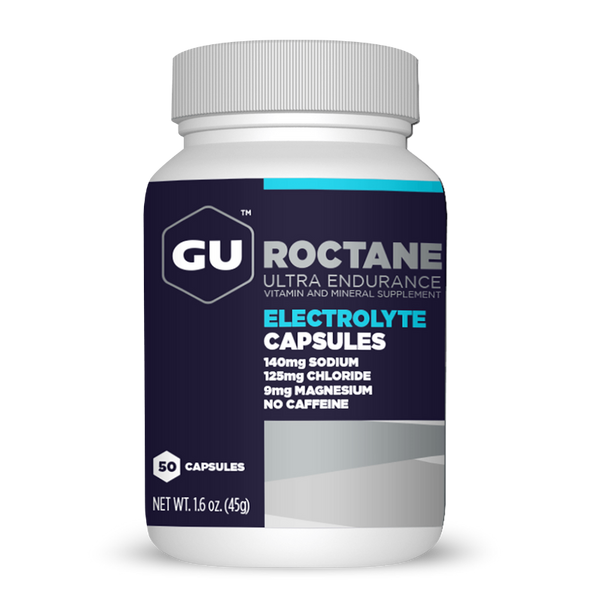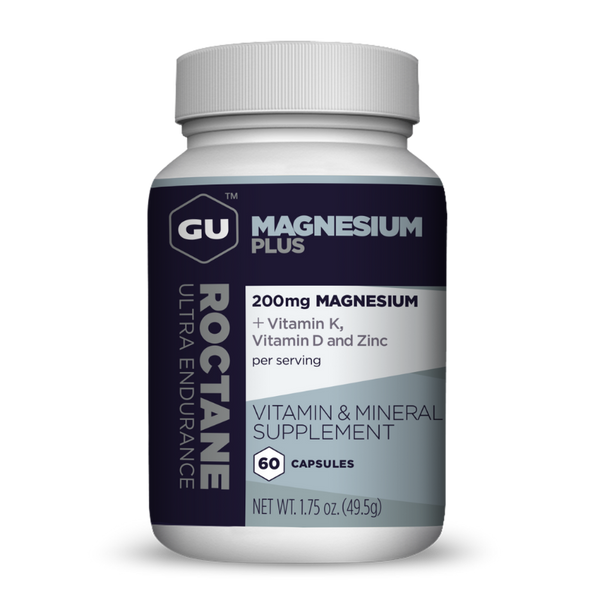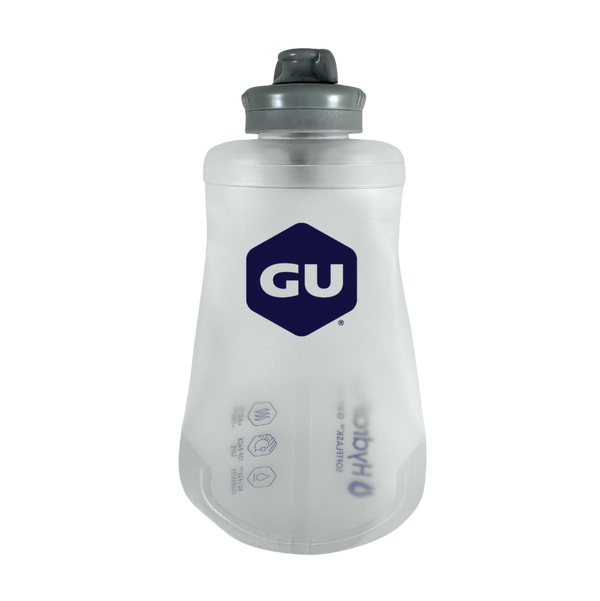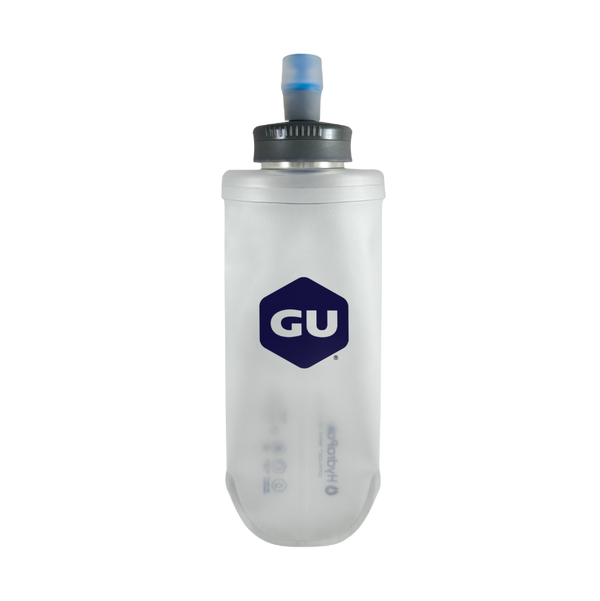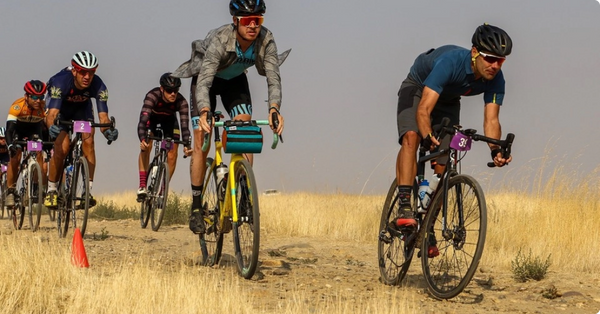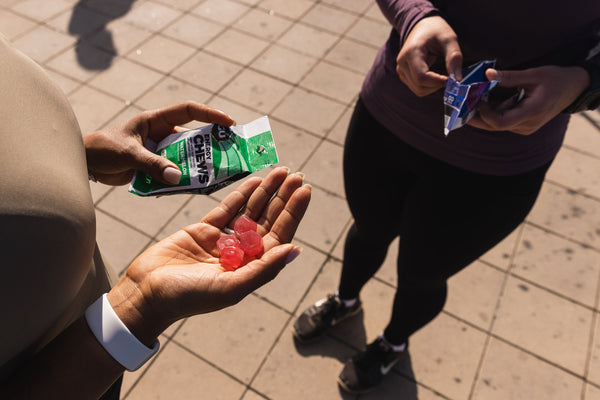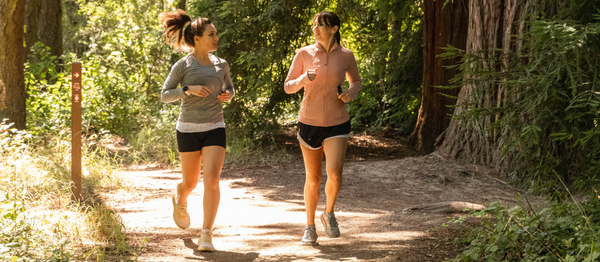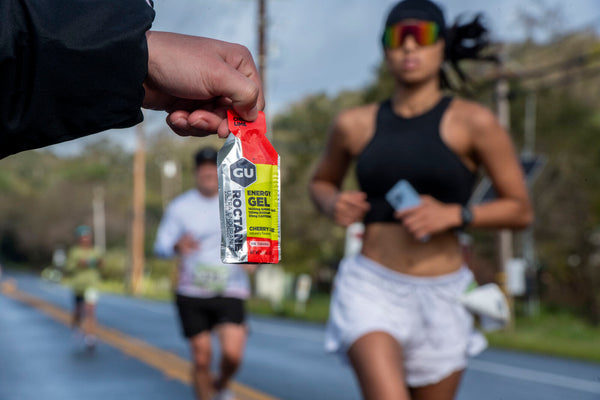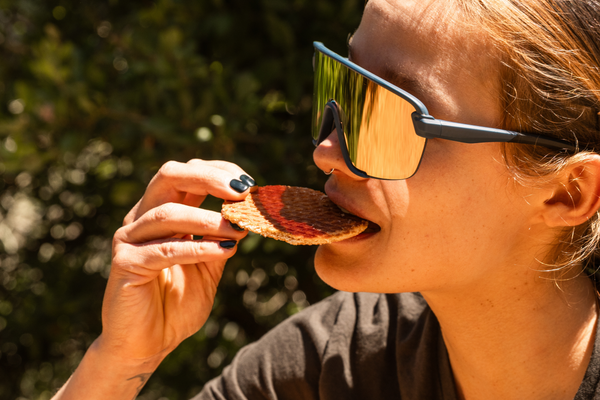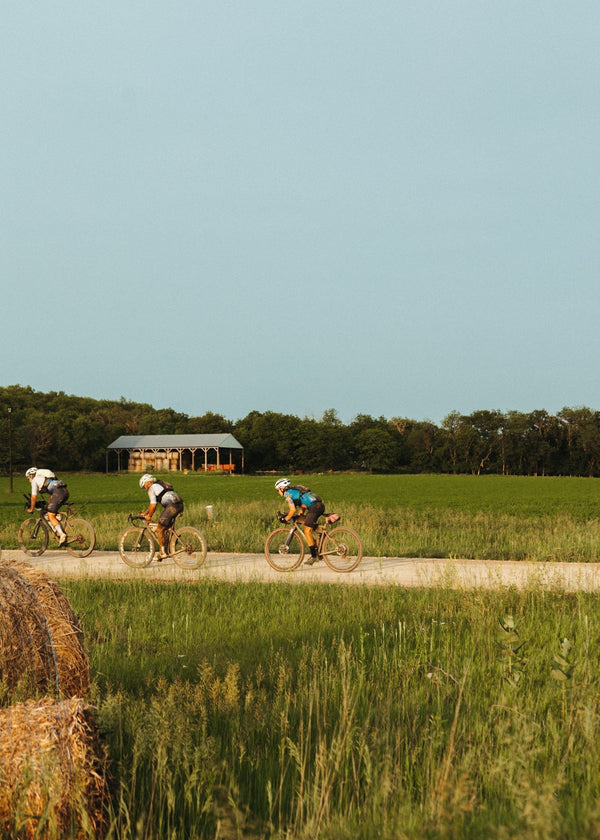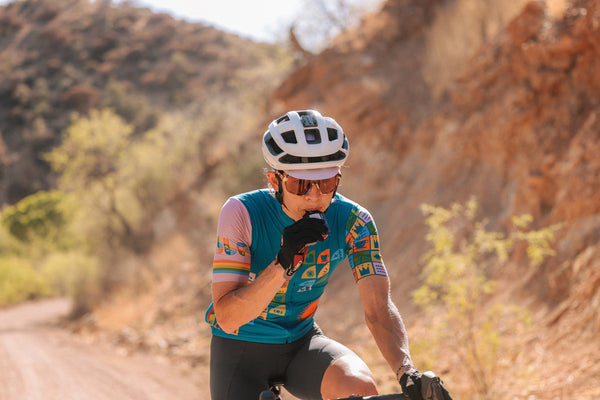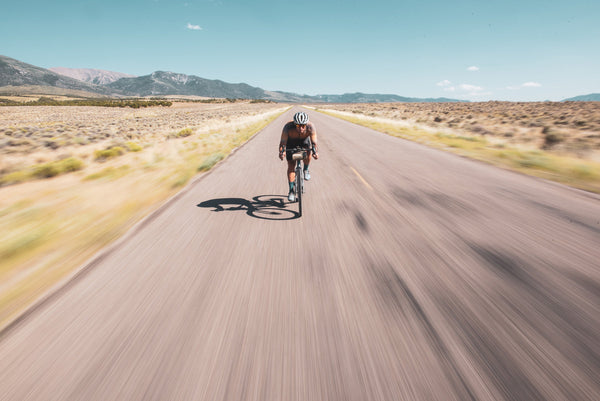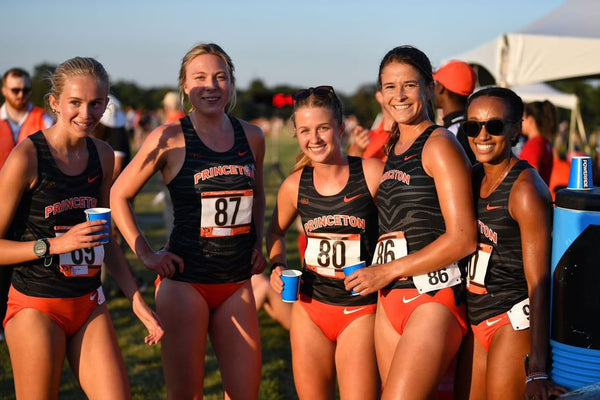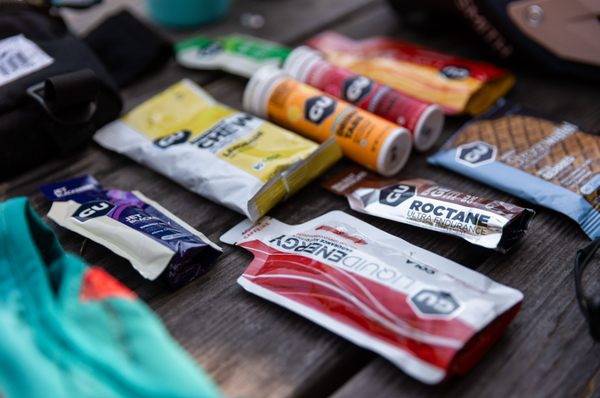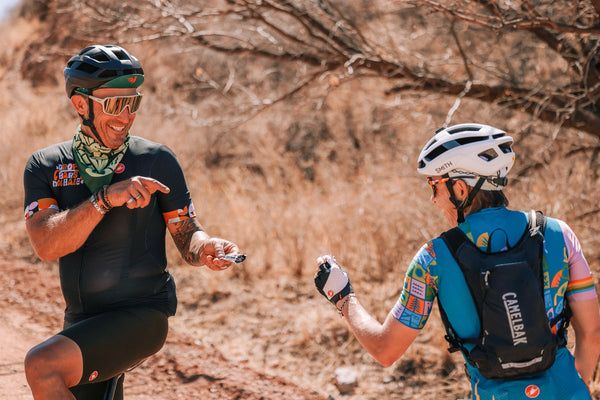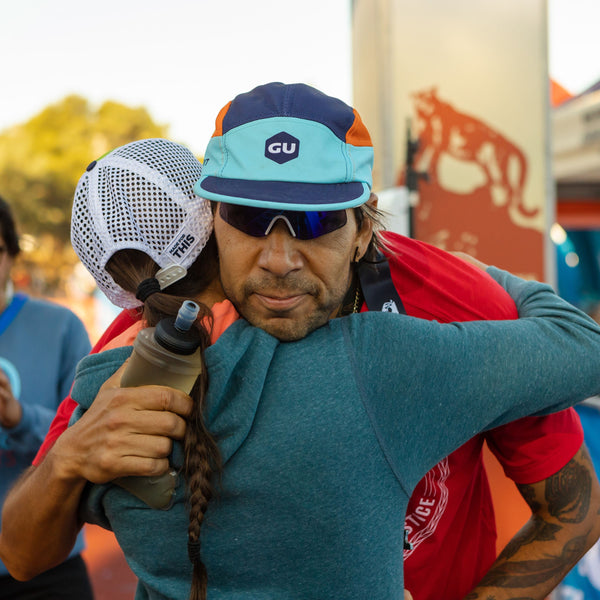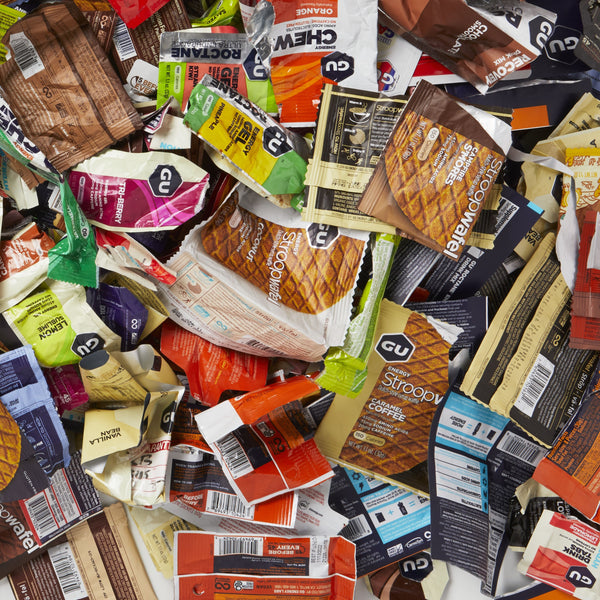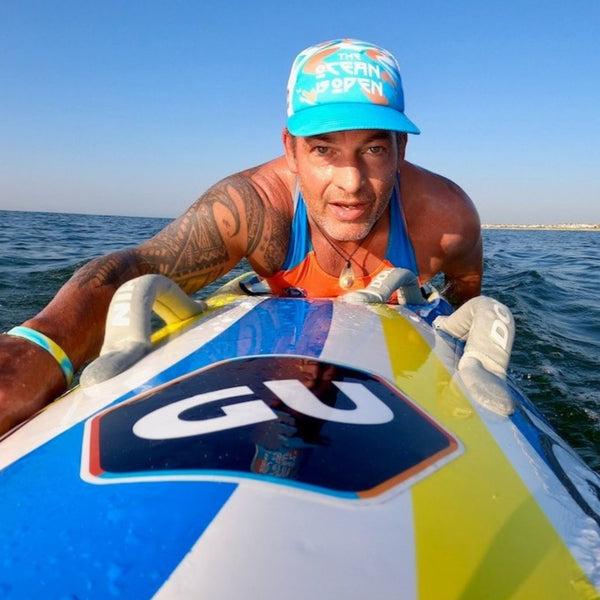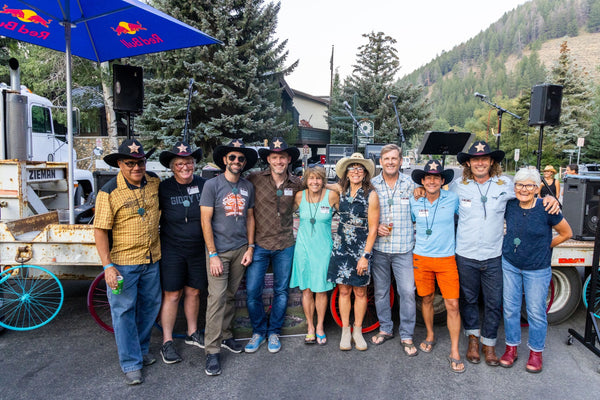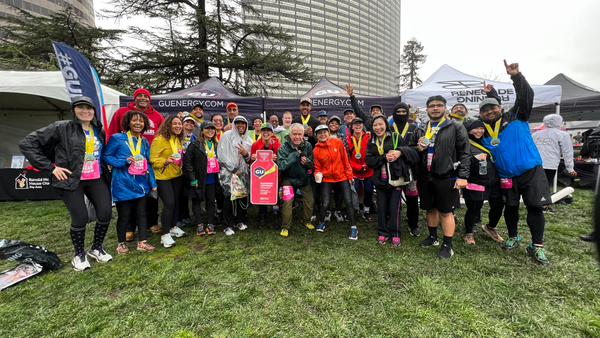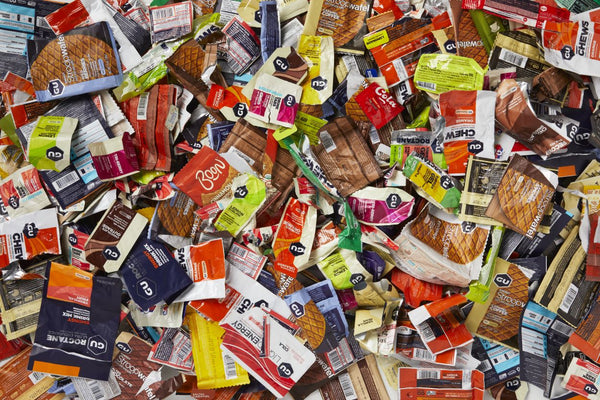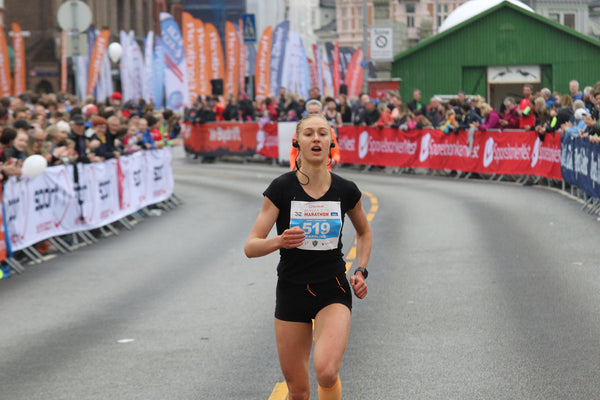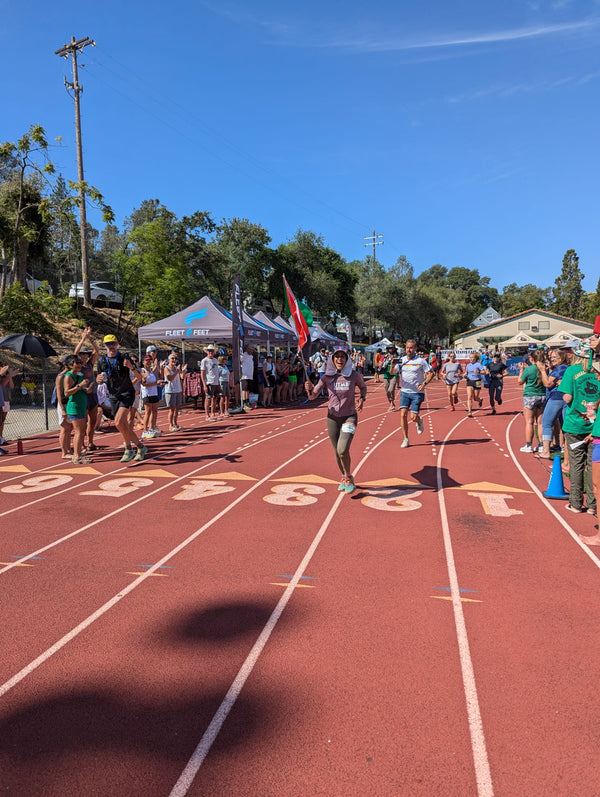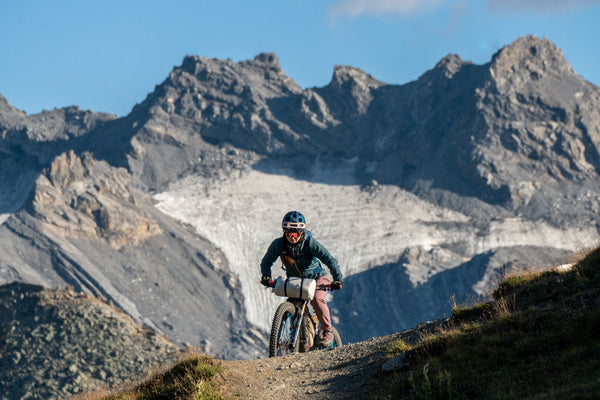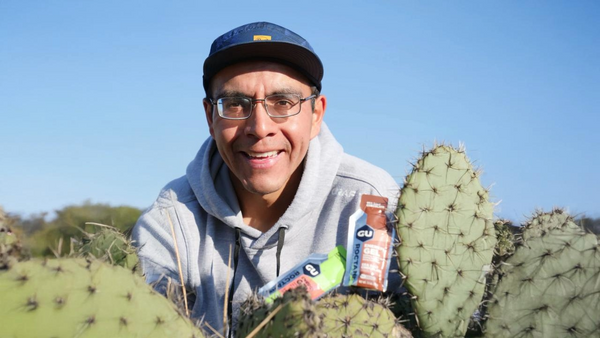The Hour Record in cycling is one of the most prestigious benchmarks of the sport. The goal? Pedal as far as you can in 60 minutes.
Over the years, the venue, conditions, bike-type, and components used have varied, but record’s allure has persisted because of its simplicity and universality.
Here at GU, we love breaking records – world records, course records, or personal records. This desire to go further and faster than ever before is the reason we created the first Energy Gel, and it’s the reason we continue to develop products that help fuel athletes beyond what they thought was possible. So, when two members of the Peet’s Coffee Racing Team told us they wanted to go for the age-group Hour World Record in cycling, we had to get involved.
Our goal? To help these athletes optimize their diet, tweak their training, and dial-in their equipment, so come June on the day of the attempt, all they have to do is grit their teeth and pedal.
What It Takes
Modern Hour Record attempts take place on a velodrome and require the rider to use a UCI certified bike. (Think time-trial or triathlon bike.) However, before standards were set in 2014, record attempts relied on untraditional equipment and body positioning, including one called “The Superman.”
During an attempt like this, every watt and every second matters. The cyclist must stay focused and make every pedal stroke count. There’s no time for fueling or hydration, so it’s essential to have your pre-attempt meals dialed and load your body with the fuel it will need.
Getting a Baseline
Kevin Metcalfe (age 55) and Dan Bryant (age 47), members of the Peet’s Coffee Racing Team, will attempt to pedal further in one-hour than anyone in their respective age groups has ever pedaled. To help us make recommendations on what diet and training adjustments these athletes should make to improve their chances, we wanted to get some baseline measurements. We had Kevin and Dan meet us at the UC Davis Sports Medicine Center in Sacramento, CA for a DEXA (dual emission x-ray absorptiometry) body scan and Metabolic Efficiency Test. The DEXA scan will help us determine their body density and body fat percentages while the metabolic efficiency test will help determine how much and what type of fuels—fat or carbs—are used during exercise at various intensities as well as lactate and ventilatory thresholds.
Metabolic Efficiency Test
This is where the mask comes into play. The metabolic efficiency test is a comprehensive way to measure substrate utilization, in other words, how much and what type of fuels—fat or carbs—are used during exercise of various intensities. It also tells us the lactate and ventilatory thresholds, which help us understand how intensely an athlete is working at different power output levels (Watts) and how effectively he can clear acid buildup and avoid the onset of muscular fatigue.
During the test, athletes wear a mask and plug their nose so all expired air can be collected and analyzed. They pedal while the resistance (i.e. difficulty) is increased incrementally over time. At each increase, their blood is analyzed for lactate, and they pedal until their measurements reach a point where the rate of lactate clearance is no longer capable of offsetting the rate of blood lactate accumulation. Once this point is reached, it’s only a matter of time before intensity must drop in order for exercise to continue. It’s not an easy test to take—the cyclist are required to push through each level and maintain the higher intensity for four-minutes per stage, making this test significantly longer and more tiring than your average VO2max assessment!
Dan and Kevin’s Tipping Point
The Metabolic Efficiency Test basically tells us an athlete’s metabolic “tipping point” between an aerobically sustainable exercise intensity and exercise that puts the athlete in an anaerobic state that cannot be maintained for very long. The goal with Dan and Kevin’s training is to raise the lactate threshold so that a higher intensity can be maintained for their hour record attempt.
Higher Intensity =
More Power Output =
More Distance Covered =
2 x World Records!
The results of this test will serve as a guide for daily training. For example, target heart rates and target wattage outputs for workouts. From these, we’ll determine their ideal race pace for the world record attempt and then create a training plan to keep them on track. (Pun intended.) We will do another test closer to the attempt date to assess whether our training plan has been effective in increasing the lactate threshold and thus, their sustainable race pace!
What did we Learn?
Dan and Kevin’s daily nutrition is going to be key to helping them fuel their training and recovery between sessions. They need to get (from their food) sufficient energy (kcals and carbs) to fuel hard workouts as well as protein and essential amino acids to promote recovery. As master’s athletes, hydration also becomes a crucial component of their daily training and overall nutrition plan, since older athletes tend to drink less, have less total body water than their younger counterparts, and require more fluids to maintain optimal kidney function.
From learning about their current diet and analyzing the results of these tests, we are “making” (in the name of a world record) them become more regimented in their diet:
- They need to eat more frequent meals and snacks spread throughout the day with more protein or BCAAs in each meal.
- They need to focus on veggies, lean proteins, moderate amounts of healthy fats, and complex carbs (legumes, whole grains) at meals to provide vitamins, minerals, fiber, and essential amino acids and fatty acids.
- They should use carbs and essential amino acids to fuel immediately before and during training. They need to think about recovery immediately after exercise by consuming protein and carbs (see GU Recovery Drink Mix).
What’s Next?
InsideTracker and GU Energy Labs are teaming up to analyze Kevin and Dan’s health and performance biomarkers via a comprehensive blood test. Using this information, both GU and InsideTracker can provide nutrition and supplement recommendations tailored to their lifestyle as a means to optimize their athletic performance, reduce pain and injury susceptibility, improve sleep, boost energy, increase metabolism, and enhance mood.
We’ll check back in with our athletes Kevin and Dan to see how their training is going, but in the meantime, follow along at @peets_coffee_racing.

